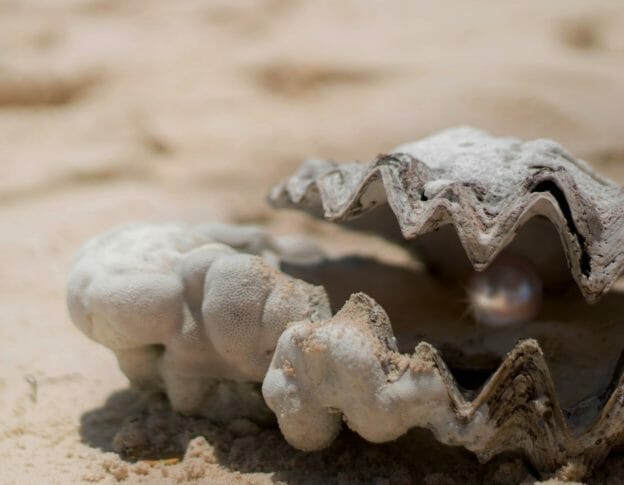Three Pearls for a Faster Approach
There are four parts to freestyle flip turn swimming; the approach, the tumble, the underwater and the breakout. Mistakes in all four parts of flip turn swimming are commonly made by most swimmers. Here are three of my favorite pearls for the approach to the wall that will help you improve your flip turns in freestyle swimming.
The Flip Turn Swimming Approach
- Accelerate swimming to the wall. As swimmers approach the wall, most will slow their swim stroke rates or, even worse, glide into the wall. In either case, the swimmer will lose valuable momentum and time. Try to hold your swim stroke rate as you near the wall, increase your kicking speed and lengthen your neck on the final long swim stroke before tucking your head down for the flip turn. Avoid the short, choppy final stroke if you can. Carry that extra momentum through the flip turn.
- Flip turn swimming set-up: Look no higher than the bottom of the cross. To judge the distance to the wall properly, the swimmer must look at some part of the wall. Otherwise the risk is too great of missing the wall, either too close or too far away. Most swimmers look straight into the black cross on the end of the pool before making the flip turn, lifting their heads substantially and slowing themselves down. If you look only at the very bottom of the black cross to gain that perspective, rather than straight forward, the head lift is considerably less, enabling the swimmer to maintain more speed and momentum going into the flip turn.
- Don’t breathe while starting the flip turn. In freestyle swimming sprints, it is advisable to not take a breath on the last swim stroke or two going into the flip turn. In the 200 or longer events, a swimmer needs all of the oxygen he or she can get, so taking a breath on the final swim stroke approaching the wall is typical. However, some swimmers will take the breath and initiate the tumble at the same time, causing them to lose their perspective of where the wall is. Even if the breath is taken on the final swim stroke, make sure the head is back down before initiating the flip turn.
Yours in swimming,
Gary Sr.


What do you folks think about the Vasa Swim trainer? Was considering buying one.
Thank you.
Vasa Trainers can be a great tool when used properly. Just ensure that if you’re trying to mimic the stroke, the elbows stay high in the pulling motion. A lot of swimmers have the tendency to drop the elbows on a Vasa to use the biceps more than what we see in the proper pulling position with a high elbow. Hope this helps!
Thank you for the reply. Very helpful!